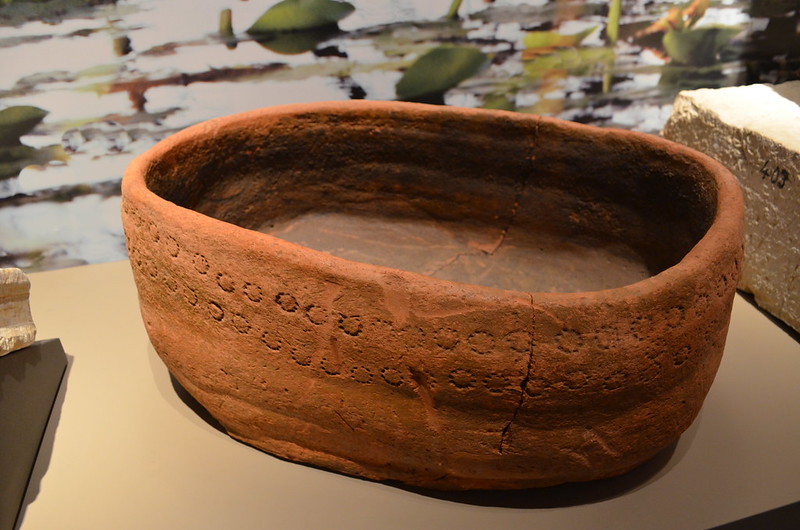Terracotta is an Italian term for a sturdy, durable, and attractive earthenware form made from clay of superior quality. It is used in making architectural decorations, tiles, pottery, garden vases, flowerpots, monuments, fountains, mantels, chimney pieces, and similar objects.
It may be produced in almost any color but is frequently a warm shade of red or a rich cream color. When it comes to the manufacture of terracotta, clays from a number of different beds are combined. The material is weathered, ground, or mixed with water, sand, pulverized fire brick, or another vitrifying substance. It is tempered and molded into the desired form.
Once partially dried, the pieces are worked over by a finisher and baked in large kilns. When the pattern is used several times, a model of the design is made. Hands are used to force a mold into the plastic material. In some large cities, tall buildings are often covered with white-glazed terracotta; such surfaces have the advantage of being easily kept clean.
Two of the largest office buildings in Chicago—the Wrigley and the Carbide and Carbon—are surfaced in terracotta. The former is white, the latter dark green. Yet, notwithstanding the comparative cheapness of this substance as a building material and its durability, lightness, and resistance to heat, terracotta is not so generally used in architecture as stone, marble, brick, and granite, and its possibilities have yet to be thoroughly tested. Among the ancients, terracotta was extensively used.
The Greeks and Romans employed it in making roof tiles, gutters, house ornaments, statues and statuettes, vases, tombs and coffins, imitations of metal jewelry, potter-spotters’ and sculptors’ molds, and numerous other objects, and it also had an important place in mural decorations in relief. During the Middle Ages, terracotta sculpture flourished in Italy. It was founded by a member of the Della Robbia family “Robbia, Della”. There are valuable collections of Greek and Roman terracottas in the Louvre, the British Museum, and other museums in Europe. It is also known as terra cotta or terra-cotta.
Read More: Farafra Oasis is the smallest of the northern Egyptian oases







